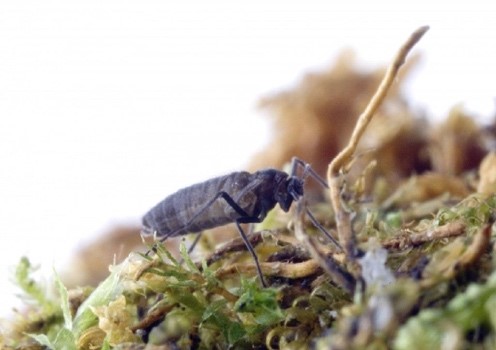Free Courses Sale ends Soon, Get It Now


Free Courses Sale ends Soon, Get It Now



Disclaimer: Copyright infringement not intended.
Context
Details
Location
Impact
About the insect
How they spread?
|
PRACTICE QUESTION Q) Which of the following statements with reference to Eretmoptera murphyi is/are correct? 1. The invasion of Eretmoptera murphyi, a tiny insect is altering Antarctica’s soil & its ecosystem. 2. It is a native of South Georgia, a sub-Antarctic island.
Correct Answer: 3 |
https://www.downtoearth.org.in/news/wildlife-biodiversity/how-the-invasion-of-a-tiny-insect-is-altering-antarctica-s-soil-its-ecosystem-89266
© 2024 iasgyan. All right reserved